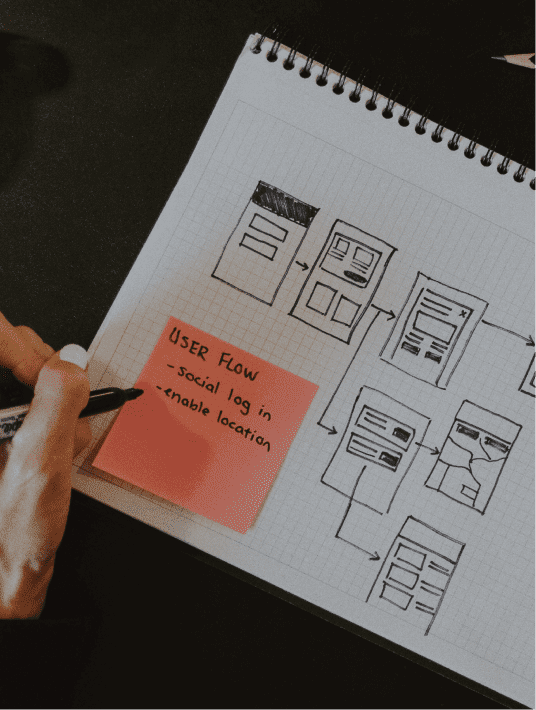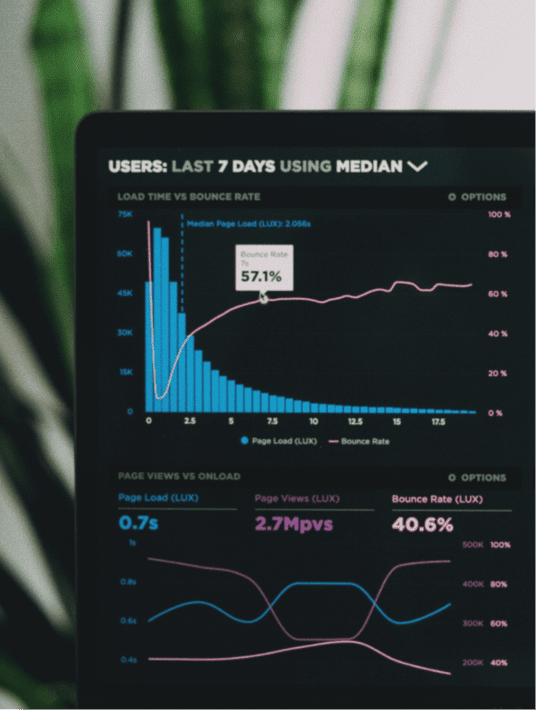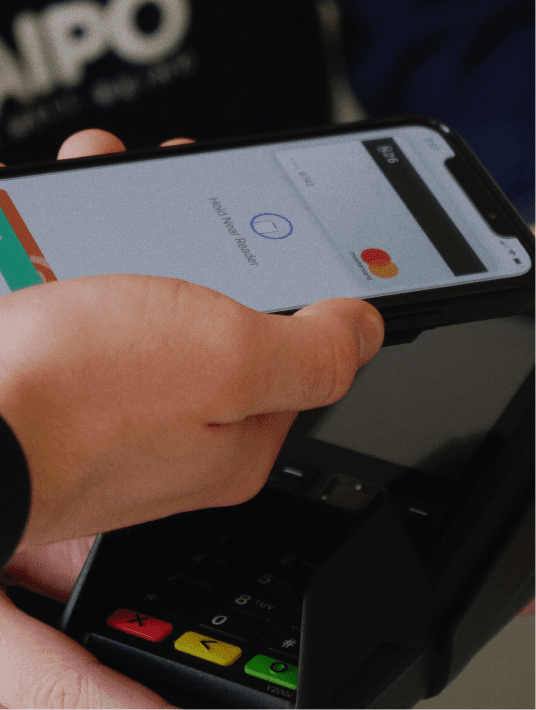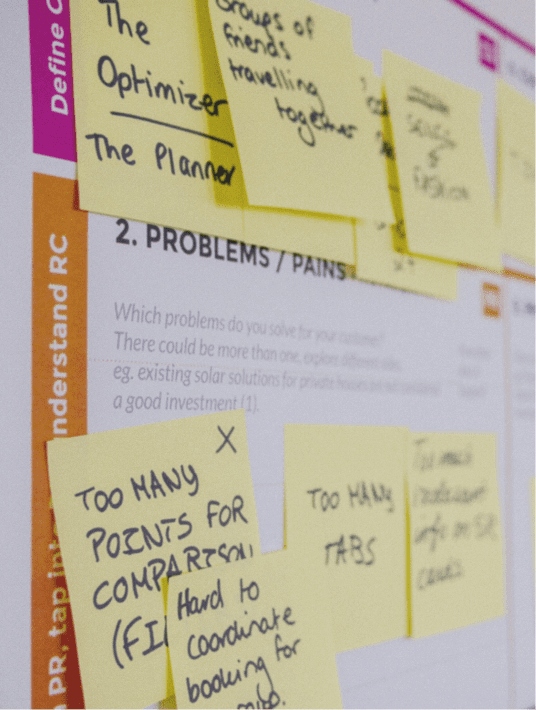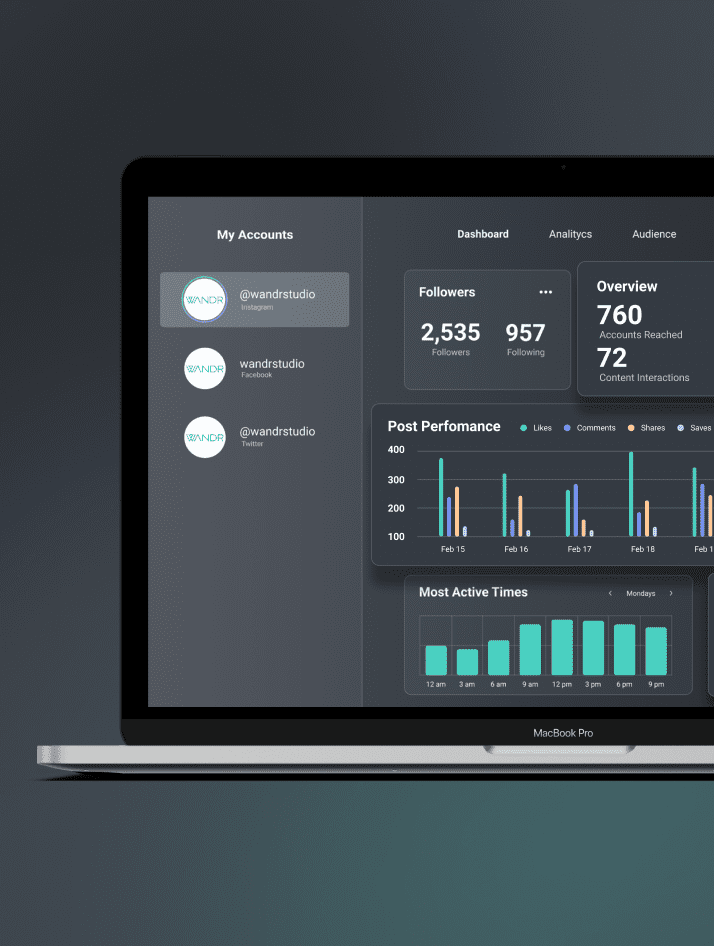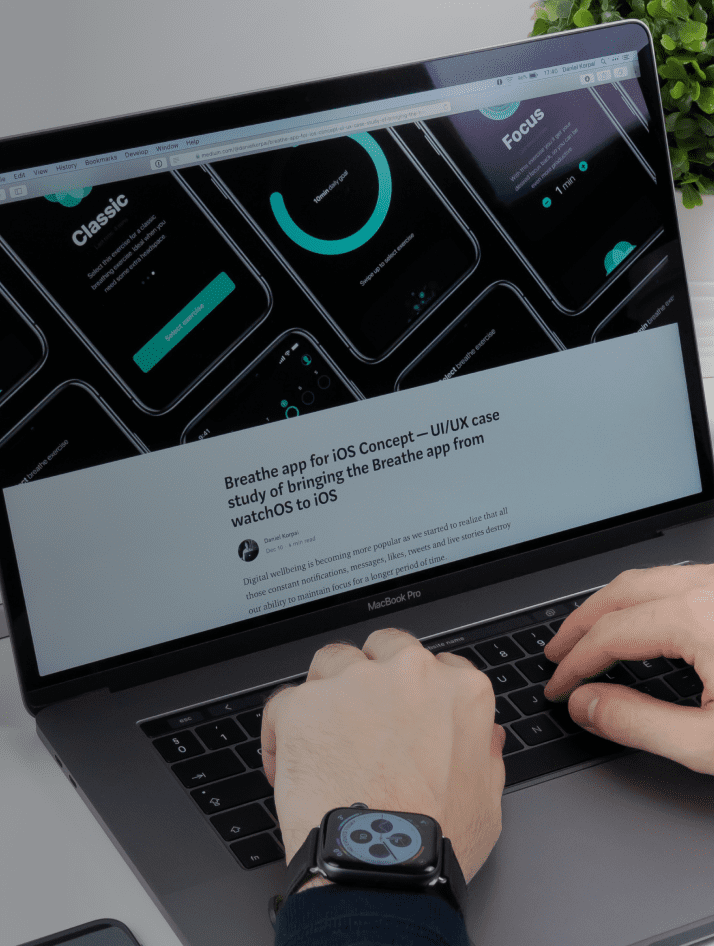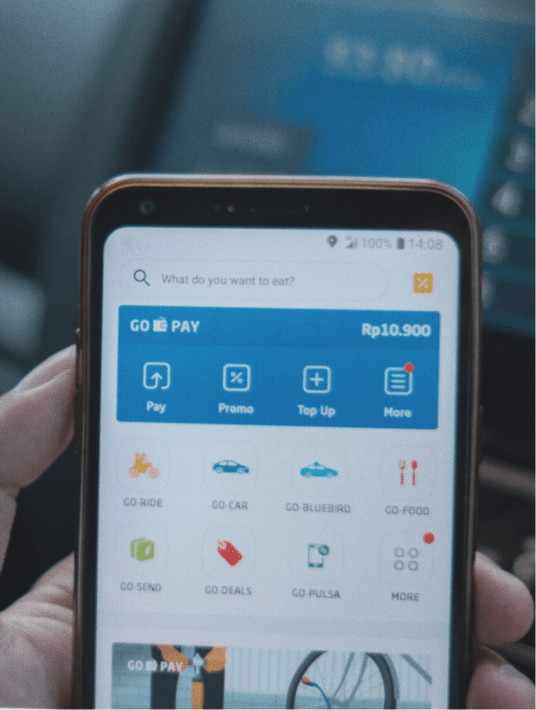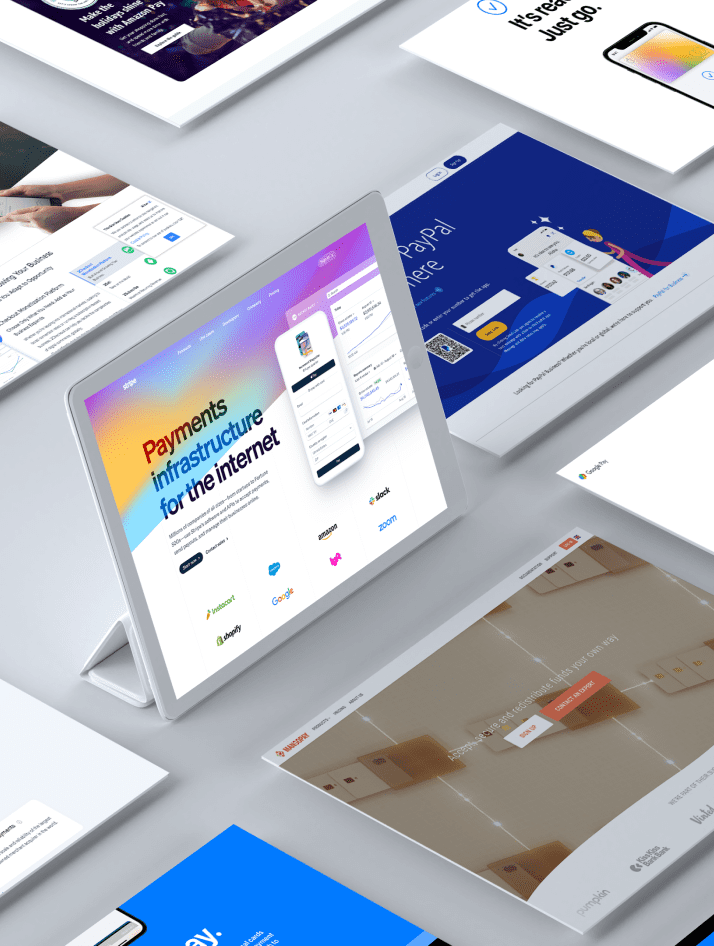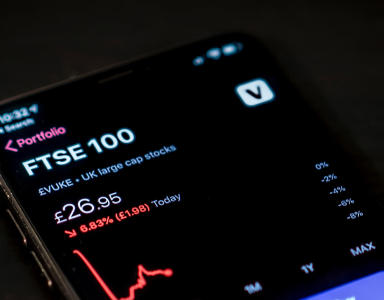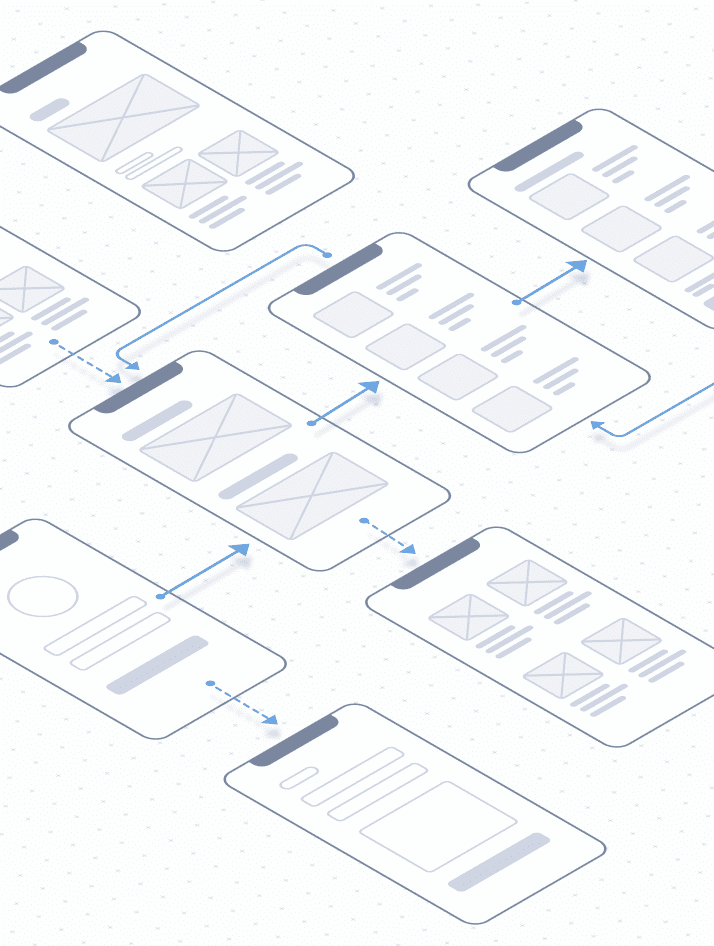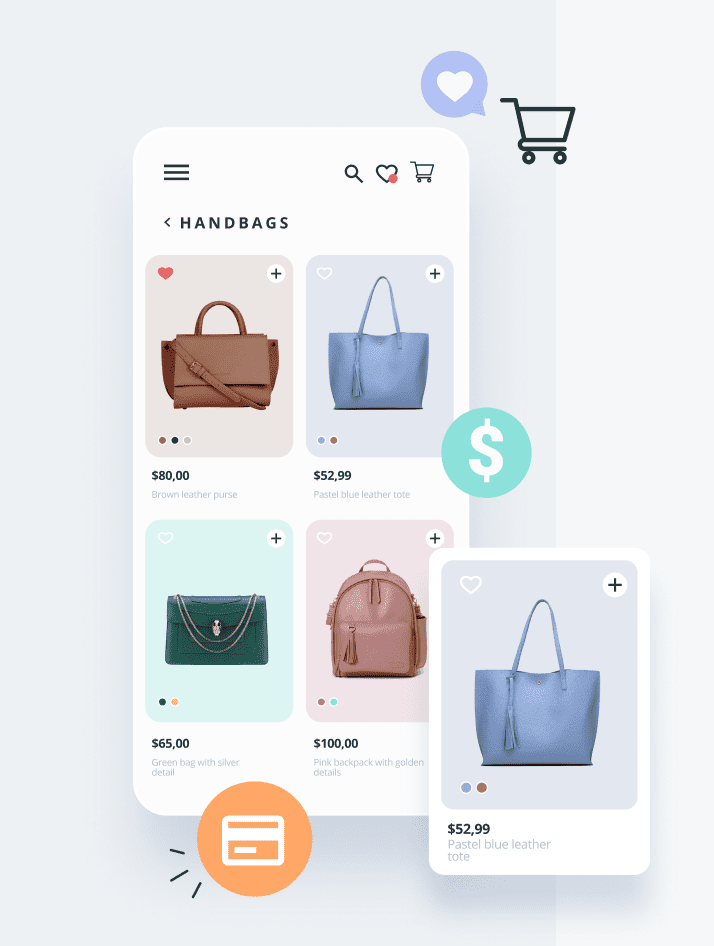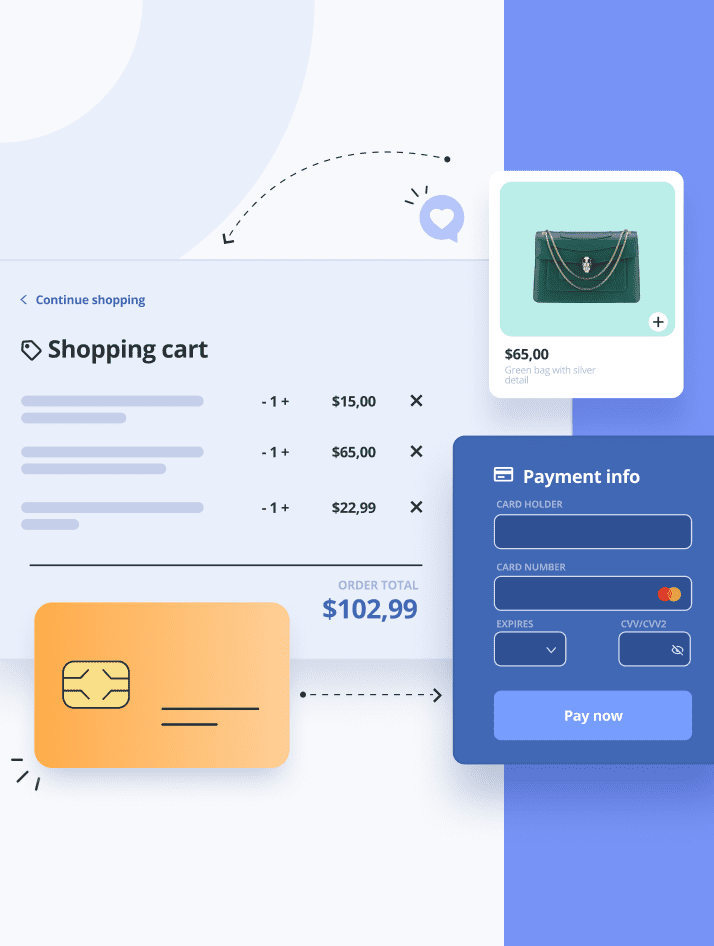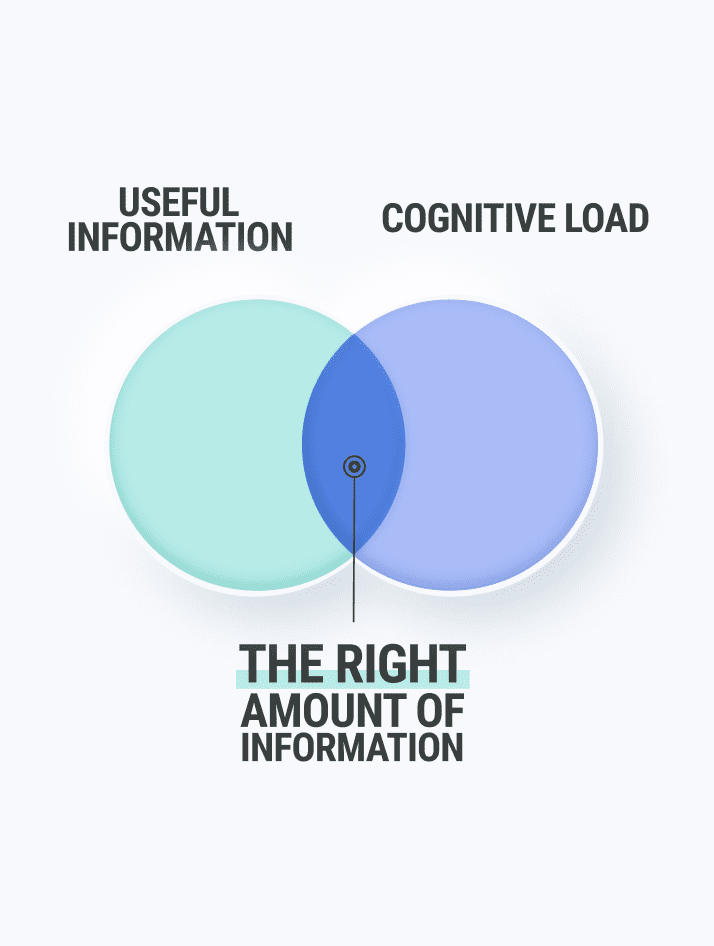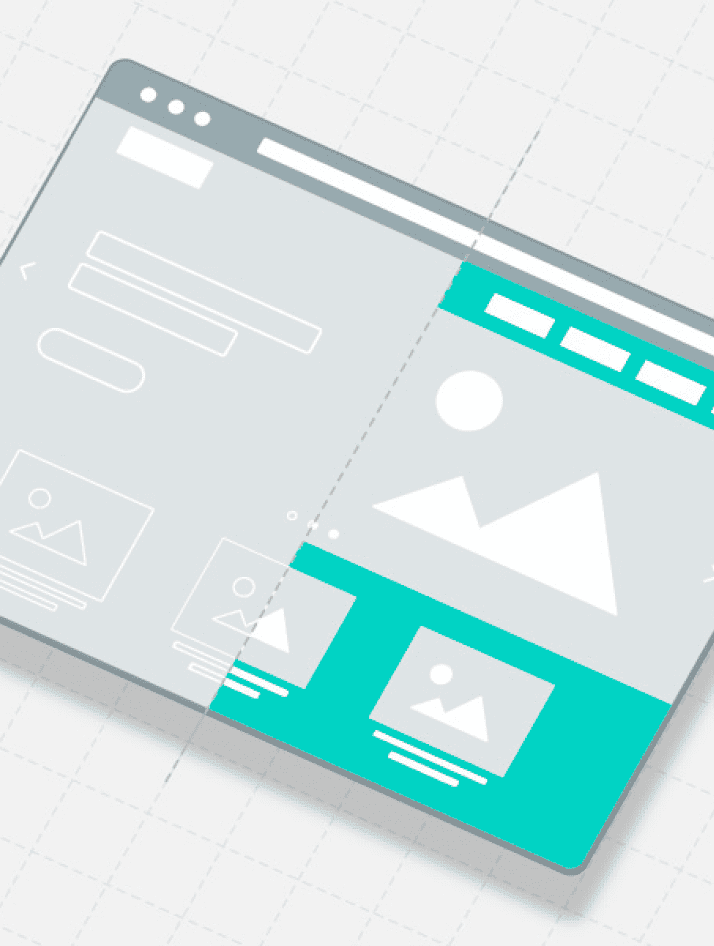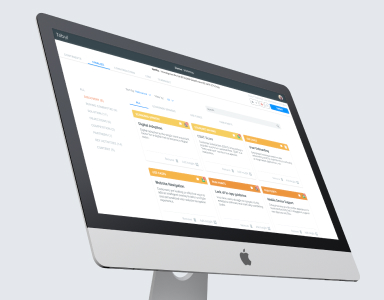UX Improvements in E-commerce
Metrics for UX: Monitor conversion rates, page views, and repeat customer rates. Customer satisfaction surveys provide valuable feedback.

Importance of UX in E-commerce?
The importance of UX design in e-commerce lies within the ease of shopping for your users. When users can navigate your website or applications easily without having to search around for what they’re looking for, they can make purchase decisions quicker. Providing a great UX that is accessible and easy even encourages users to complete purchases. If users have difficulty browsing through your site or dealing with constant inconveniences like errors, and slow-loading pages just to name a few, these issues will detour users from shopping and can make their experience irritating enough to exit your site. A high bounce rate is a huge indicator that your UX is not performing well. The goal is to encourage your users to shop and create an efficient user experience that allows them to make their purchases and continue. Most people want to find what they need quickly to move on to their next task, as that’s the whole convenience of online shopping for some and creates recurring users. Good UX in e-commerce is essential to increase sales and create a positive shopping experience for your users.

Keys to Measuring User Experience in E-commerce
When measuring user experience in e-commerce it’s important to pay attention to metrics such as quantitative usability, bounce rate, conversion rates, recurring users, and overall analytics. Through quantitative usability testing, we can understand how our users experience our website or application from their perspective. Can our consumers use our website with ease and comfort? Or is there difficulty that may be occurring at some point in their shopping experience? Usability is a critical part of the online shopping experience as customers' high expectations determine their chances of making a final purchase. If the checkout process is confusing and complicated, users will abandon their carts.

When a user leaves your site without further browsing to other pages, this action is referred to as a “bounce”. Monitoring your website’s bounce rate is another key factor to keep an eye on.
Bounce rates tell us that our users generally don’t interact further with the site, which then means fewer conversions and intended actions such as making purchases. The bounce rate is calculated by dividing the number of users who bounce by the total amount of website visitors.
It’s important not to get too caught up with your bounce rate, for various pages throughout your site will have different bounce rates for example the homepage versus the shop page may have completely different numbers. Simply monitoring your bounce rate to determine what elements may be detouring your visitors can help immensely in improving your UX.
Conversion rates are used to measure the amount of desired actions taken by users as they visit your website. Actions such as making purchases, signing up for a new account, or filling out surveys. Optimizing your conversion rates can show you where users are exiting therefore figuring out what may not be working properly. In order to optimize your conversion rates, there’s a variety of methods such as data analysis, surveys where customers can provide feedback, and usability testing just to name a few.

Recurring users are an essential part of understanding if your website has good UX. There are typically three different visitors to your site, new, unique, and recurring visitors. In e-commerce, new and recurring visitors to your site can translate into new and recurring customers.
When to Measure UX in E-commerce
Measuring UX in e-commerce is best utilized when a shop owner may be seeing high volumes of traffic to their site but few sales being made in relation to that number. This is how we can tell that something within the UX is simply not successful. Investing in good UX for an e-commerce site could make the difference of increasing sales and recurring customers.
5 Metrics Used to Measure UX in E-commerce
In order to evaluate UX in e-commerce, you can start with a list of proven metrics with effective results in pinpointing areas for improvement within your UX. With any quantitive usability testing, it’s important to note which events are successful for your site and which are failing. Here are 5 metrics we highly recommend to measure your UX.
1. Conversion Rate
Begin with taking a look at your conversion rates, the ratio of how many visitors your e-commerce site has versus the amount of people actually making purchases. This metric may be the most important overall in identifying whether your site actually needs improvements. Through evaluating your conversion rate and the user analytics you may find that while your UX is strong, the strength in your digital marketing and use of keywords can be lacking.
2. Page Views and Visiting Time
While clicks to your site are important, visiting time is another key indicator that something on your site is not functioning well, it could be confusing navigation, difficulty viewing products, and the list goes on. Taking the time to browse your shop as if you were a customer yourself can provide plenty of insight into what issues may be arising for your customers.
3. Repeat Customer Rate
Repeat customers are essential to a brand’s e-commerce success and growth. In measuring your repeat customer rate or RCR, and getting a low number of recurring customers we can identify that something along the process of post-purchase is leaving customers unsatisfied. Could it be the checkout process? The delivery time or cost? Quality of products they received? It’s crucial to evaluate why you may have a low number of customers and identify what adjustments need to be made for customer satisfaction.
4. Customer Satisfaction Survey
As mentioned above, customer satisfaction is critical in having loyal customers that continue to shop with you. The best way to evaluate this satisfaction is through a survey also known as a CSAT (customer satisfaction survey). In the CSAT you can create a rating scale that can streamline the survey for your customer and then include an area for commentary if customers want to explain their experience to you. Including incentives like discount codes or free shipping for their next purchase will likely get you more completed surveys and valuable feedback.
5. Accelerated Shipping and Handling time
In today’s extremely competitive e-commerce market it’s important to note areas of success for other brands. While Amazon’s 2-day shipping expectation may be hard to reach it does provide an immense incentive for shoppers to go through Amazon versus a brand that takes 2 weeks. While we know this is sometimes not realistic, you can try to improve your shipping and handling time and give a fair expected time frame for your customers that would encourage them to make a purchase based on that trust and assurance they will receive their package on time.
In Conclusion
Investing in your UX evaluation for your e-commerce site can greatly benefit you in a variety of ways. From giving your customers an overall positive shopping experience to boosting sales, the results of stepping back and taking a close look at what is and what is not working on your site can be crucial to the success of your business.
FAQ
How often should UX analysis be carried out?
UX analysis should be done regularly in order to continuously optimize your UX and the growth of your ecommerce business.
Check out our article on How to Do Competitive Analysis UX.
Interested in working with WANDR? Book a free consultation call with our team.
What Questions Do You Have About UX Improvements?
Let us know in the comments below.











